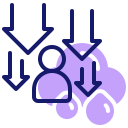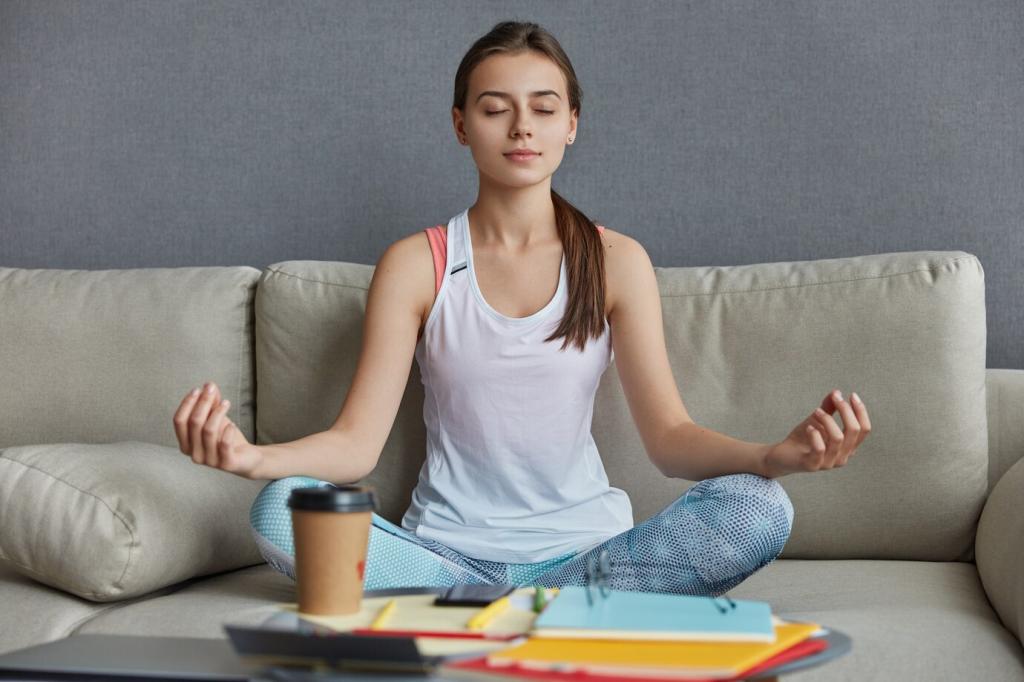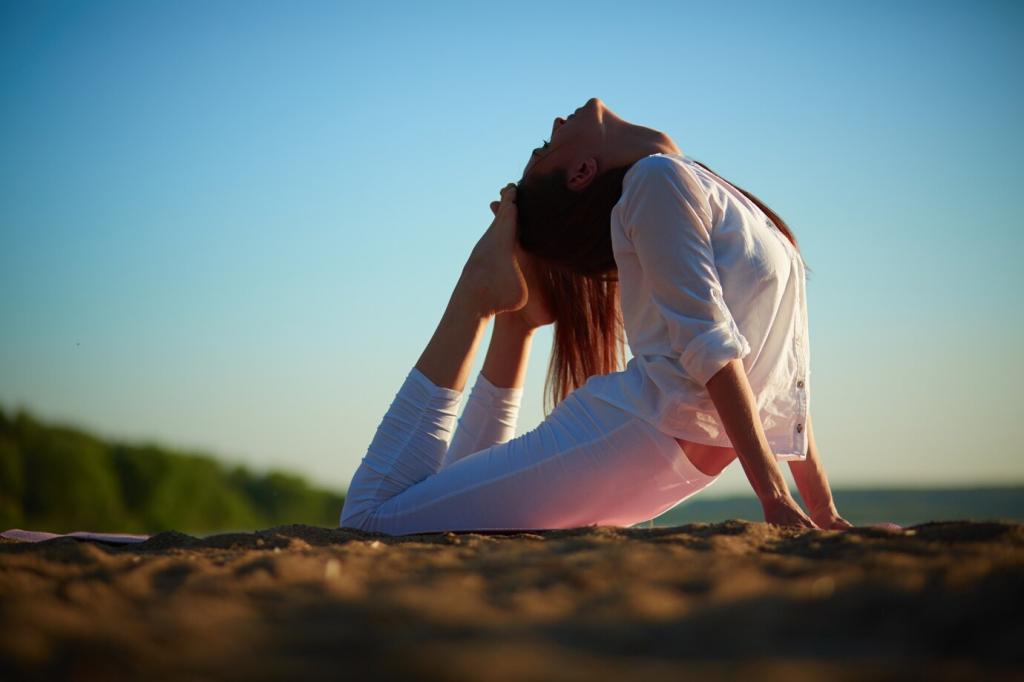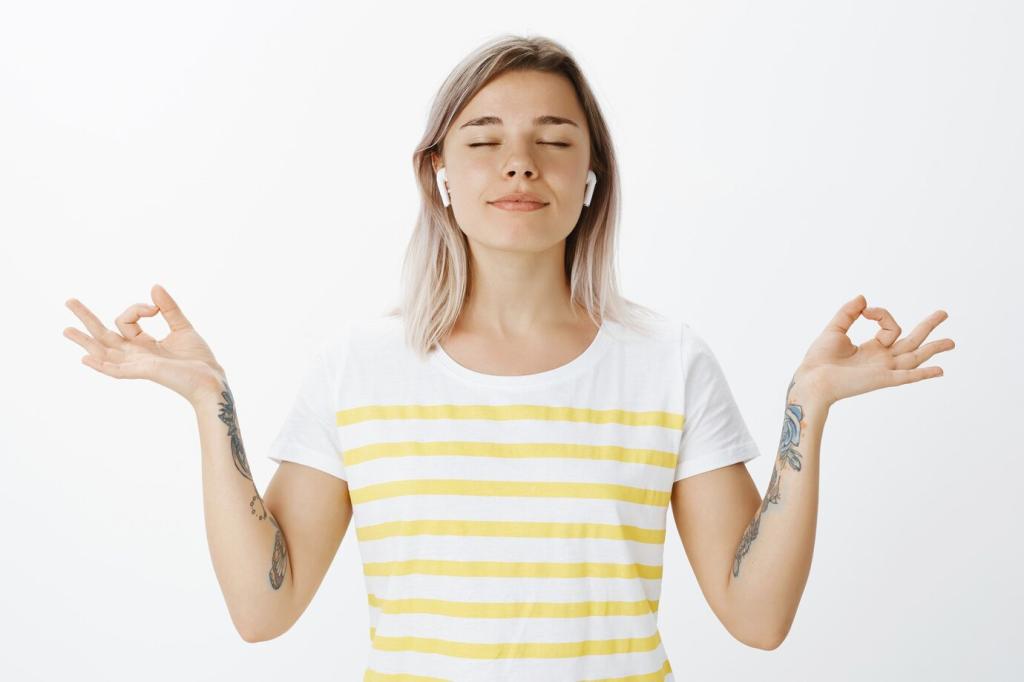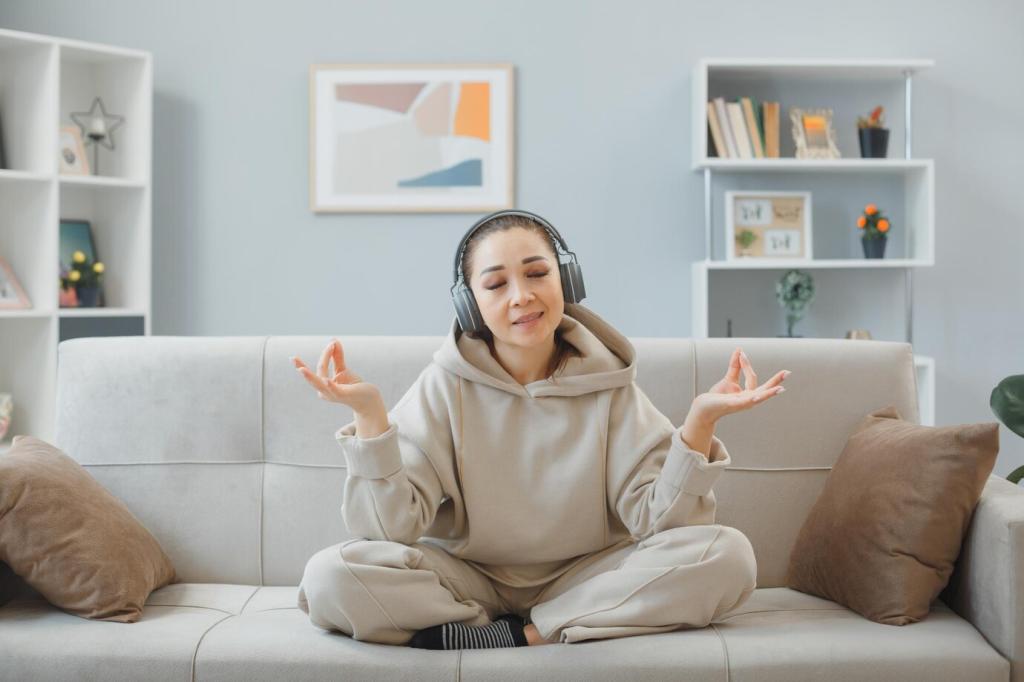What Body Scan Meditation Really Is
Imagine tracing awareness from toes to crown, noticing warmth, tingling, pressure, or stillness without judging any of it. In body scan meditation, each sensation becomes a quiet teacher, showing where you hold stress and how relaxation can naturally return when you allow space.
What Body Scan Meditation Really Is
The body scan rose to prominence through mindfulness-based stress reduction, blending contemplative traditions with contemporary science. It encourages non-reactive attention, turning everyday sensations into anchors. Over time, this patient approach makes calm more accessible, even during busy days or sleepless nights.
